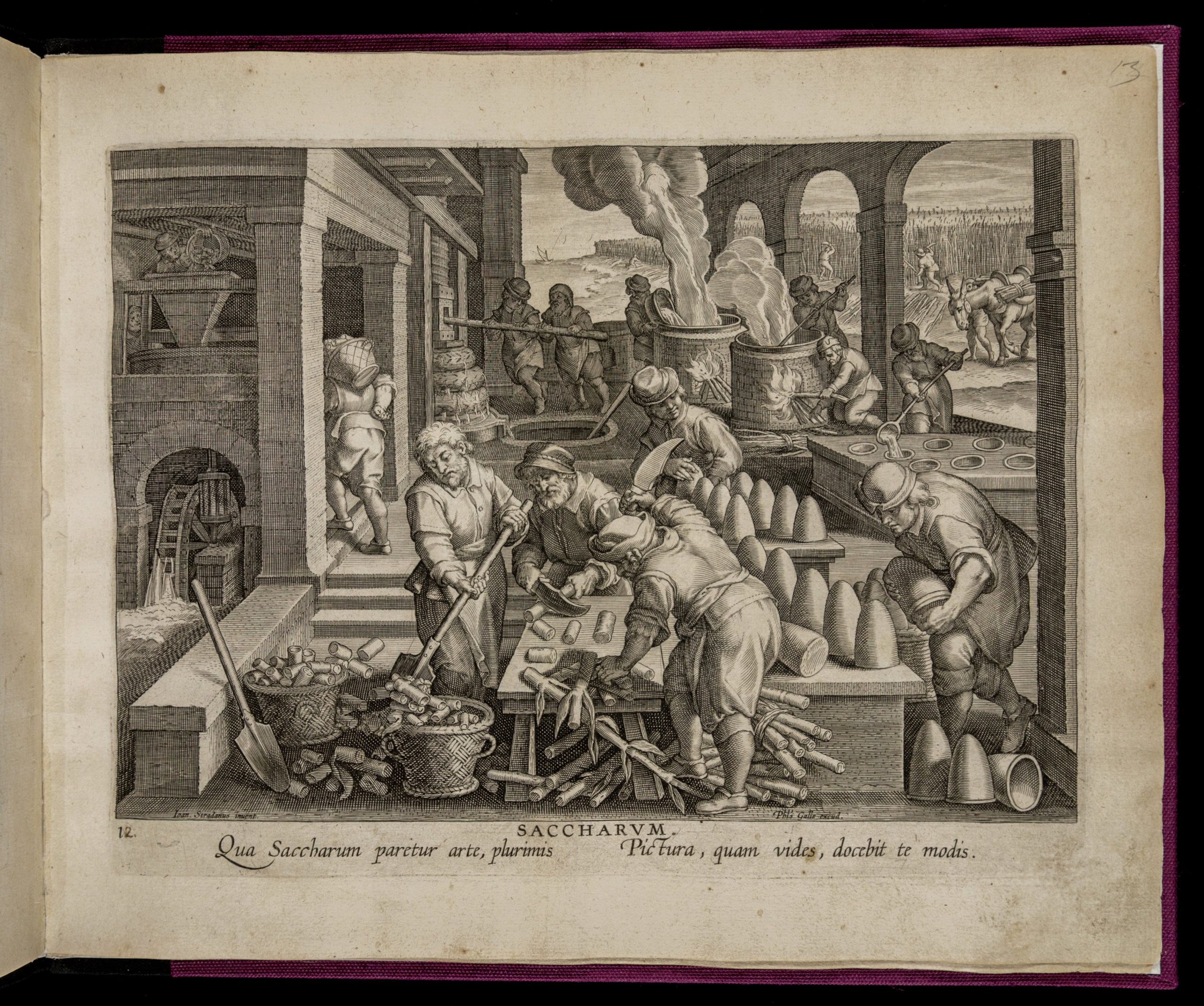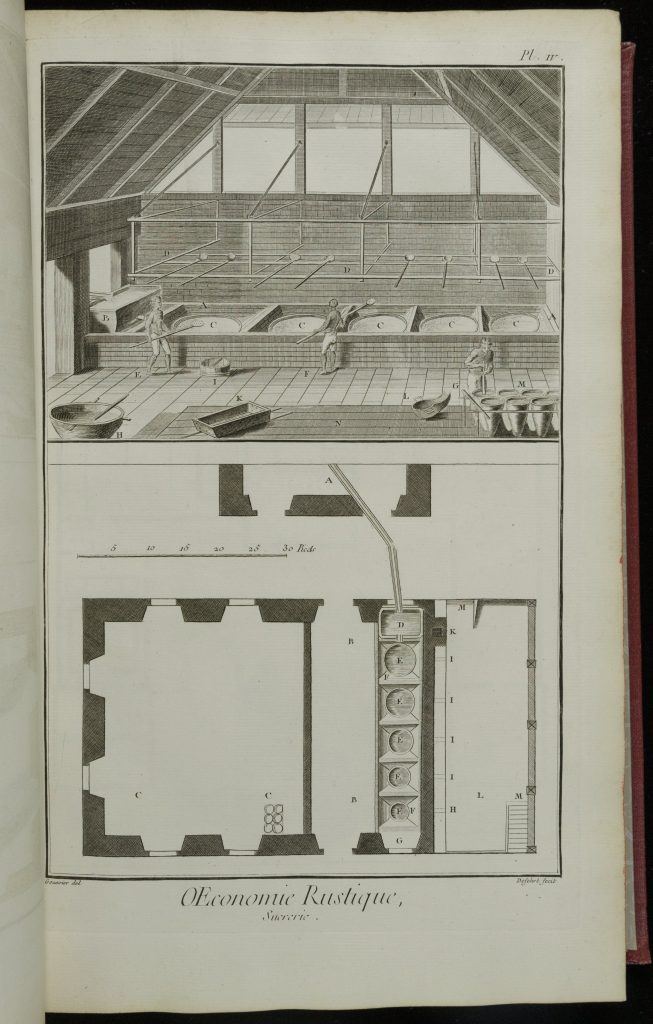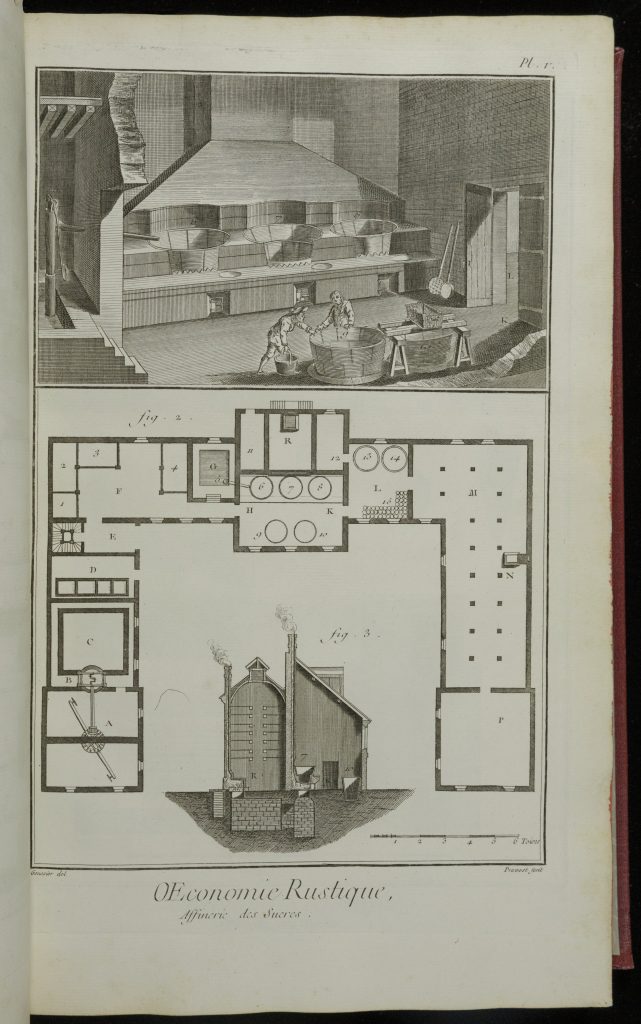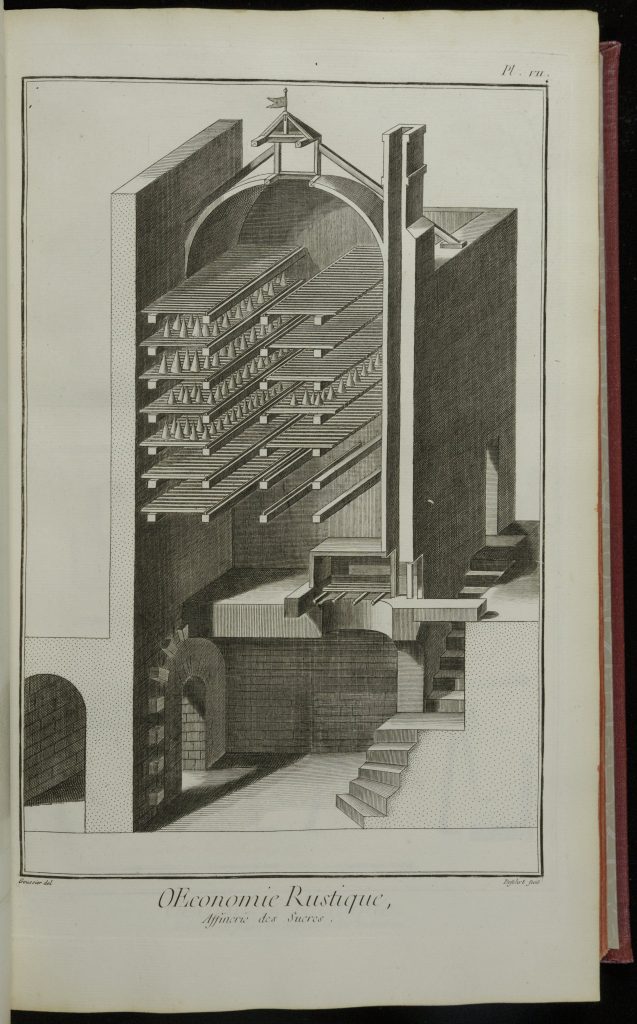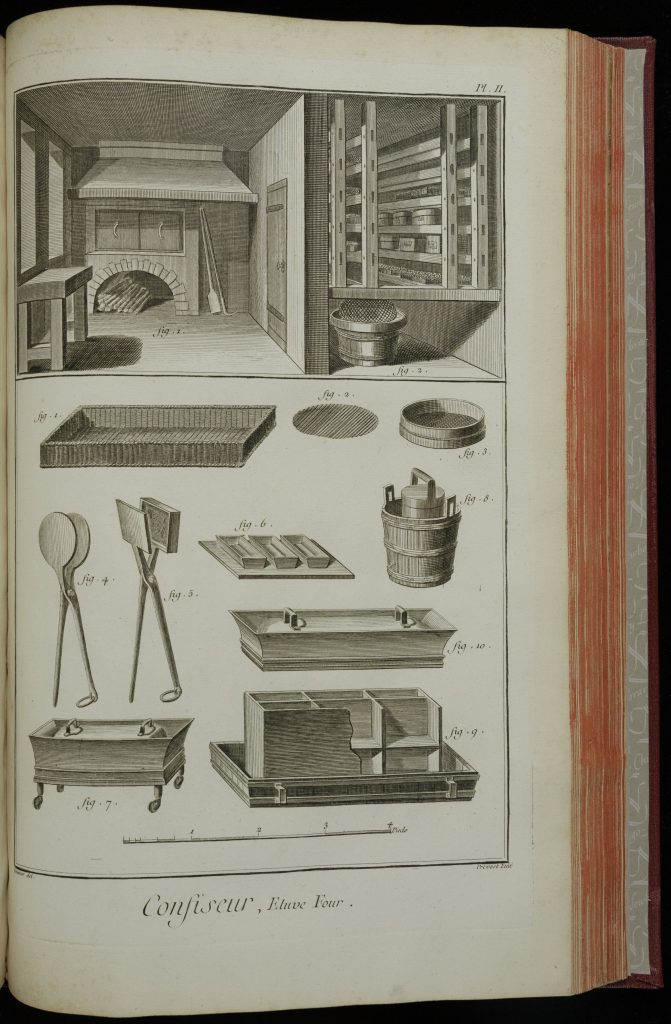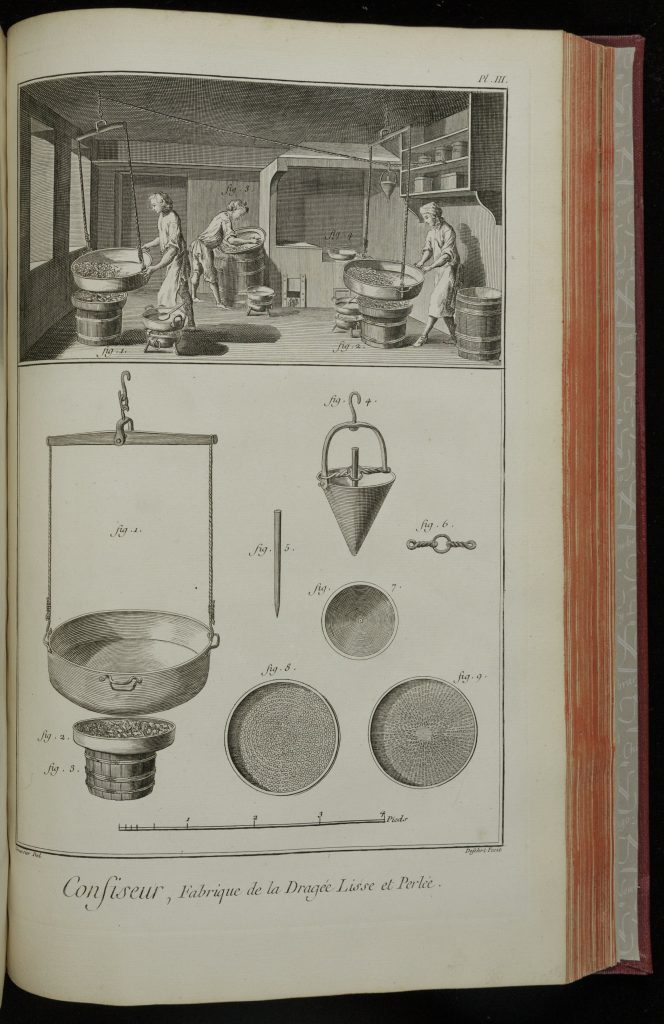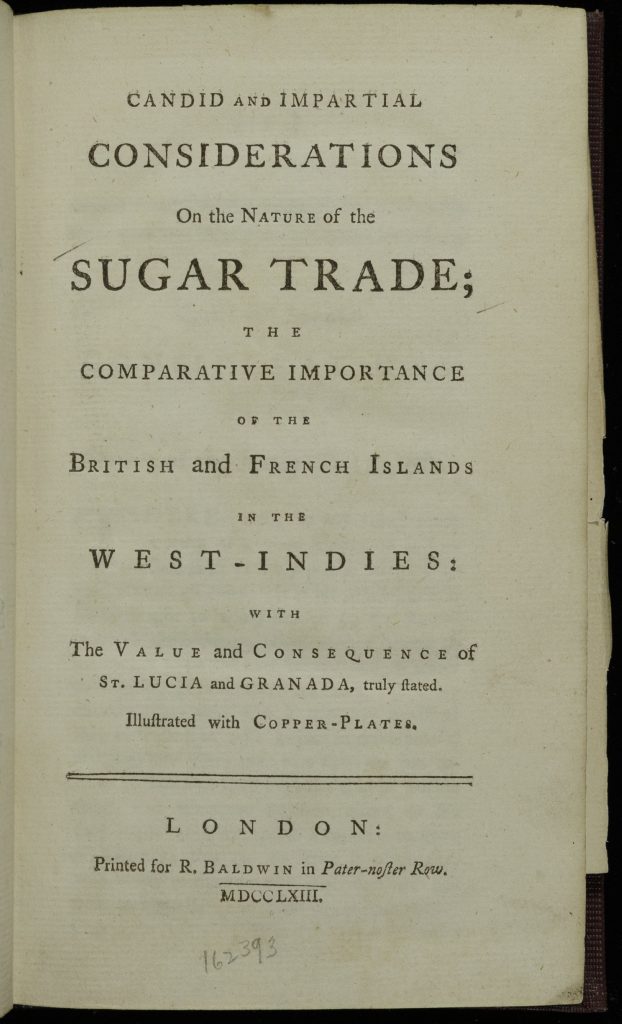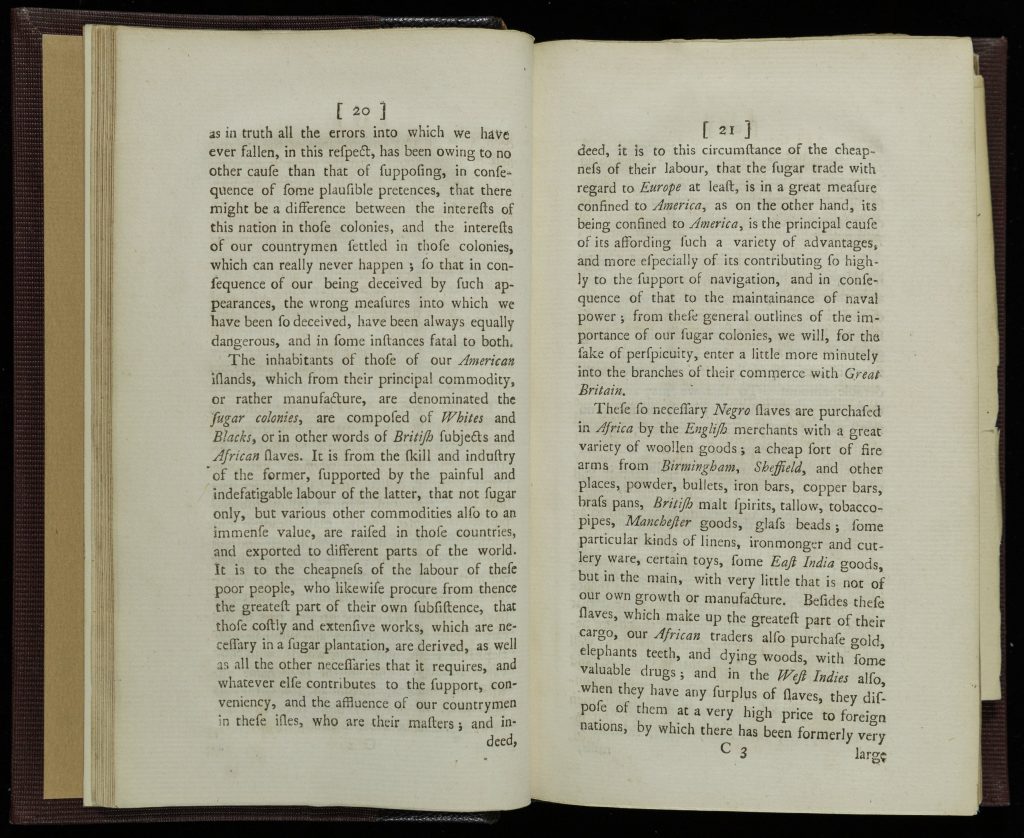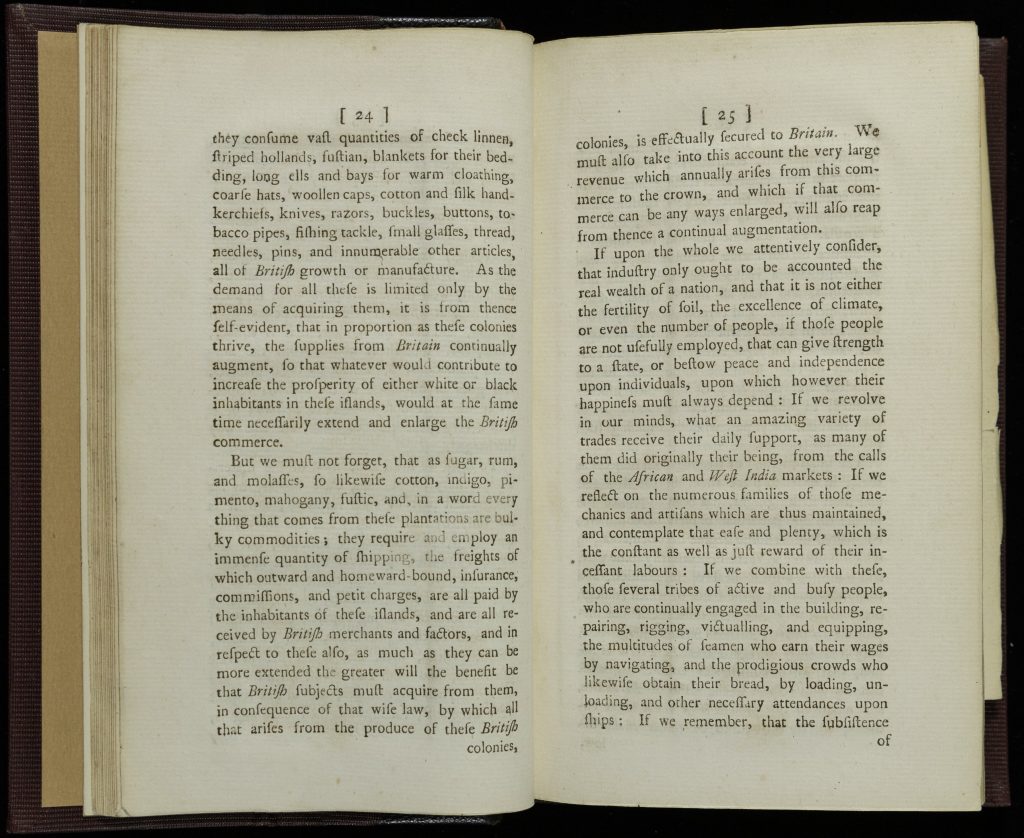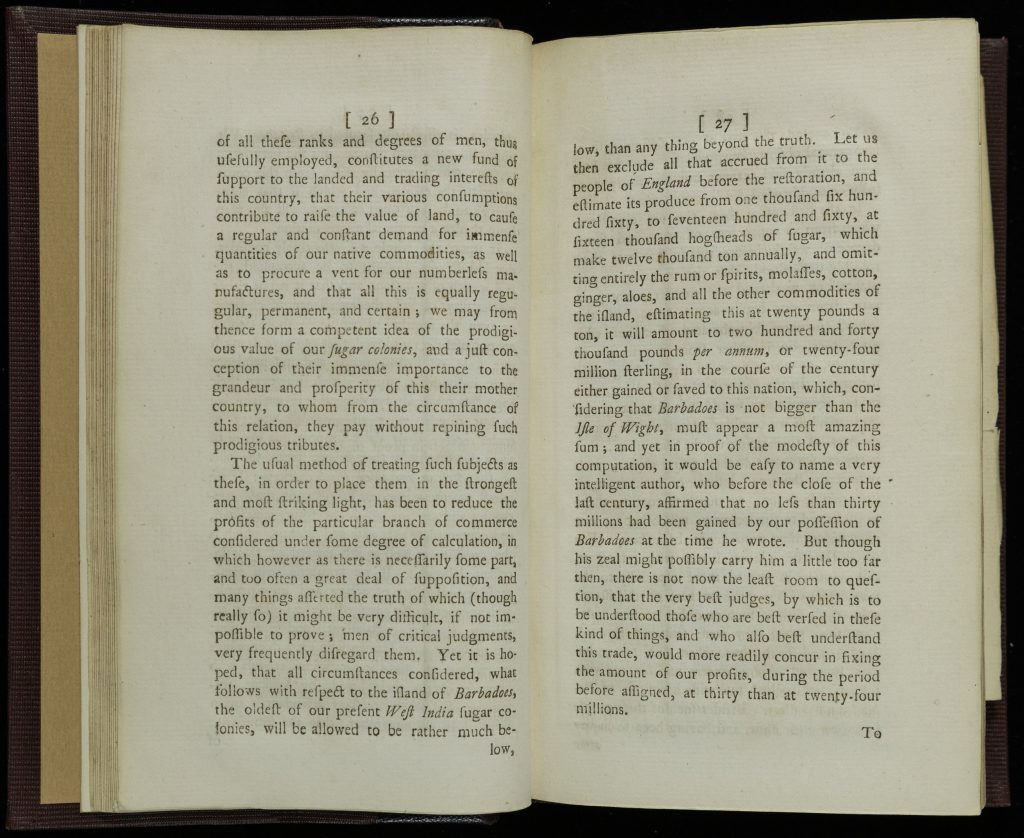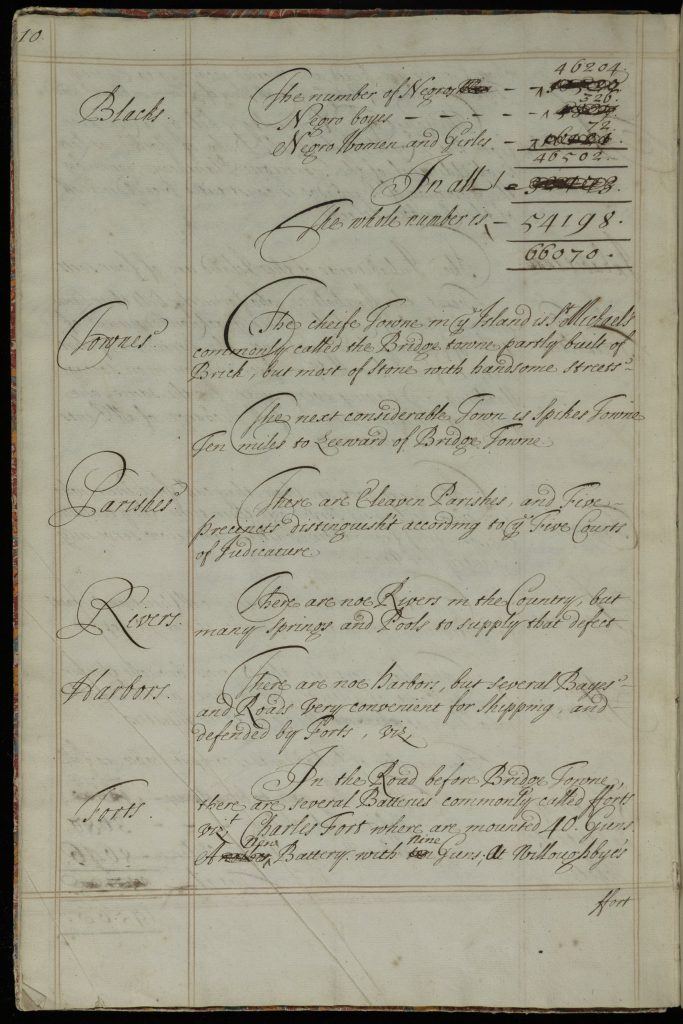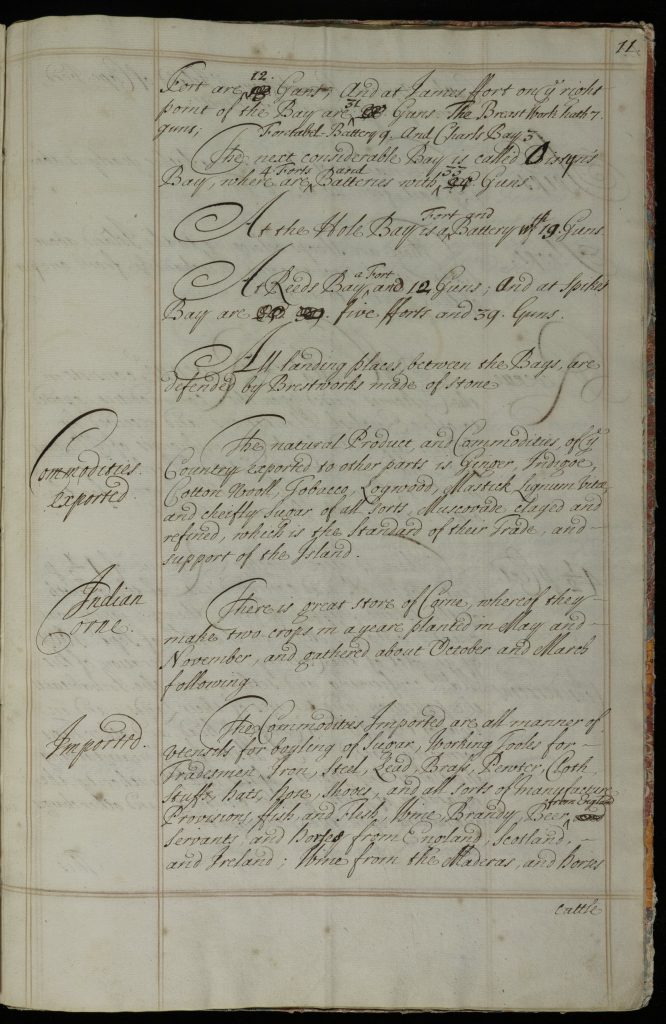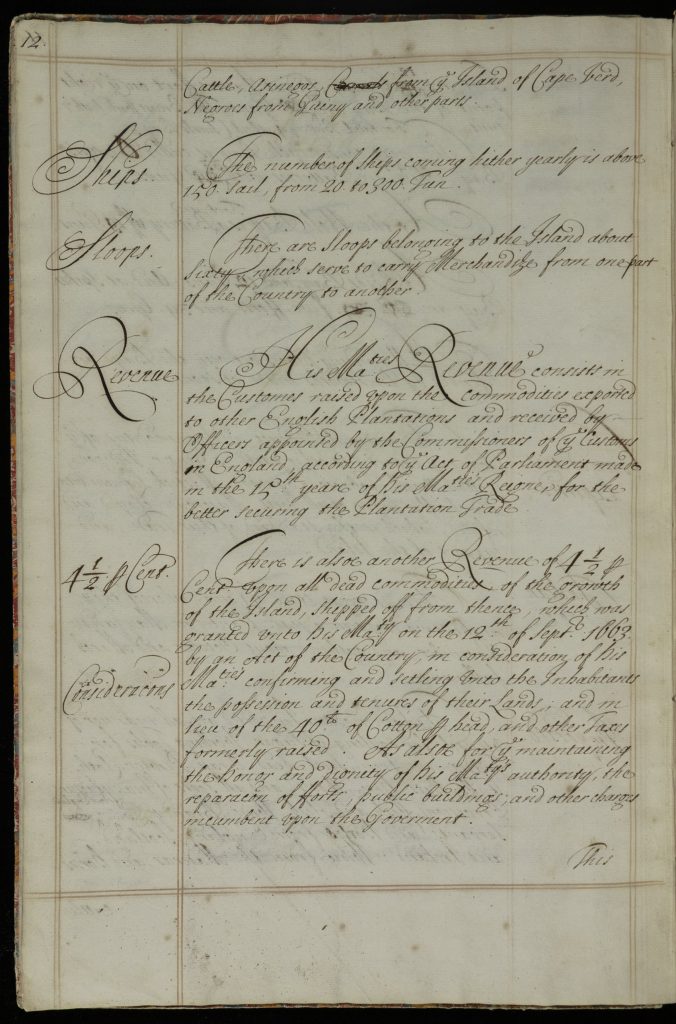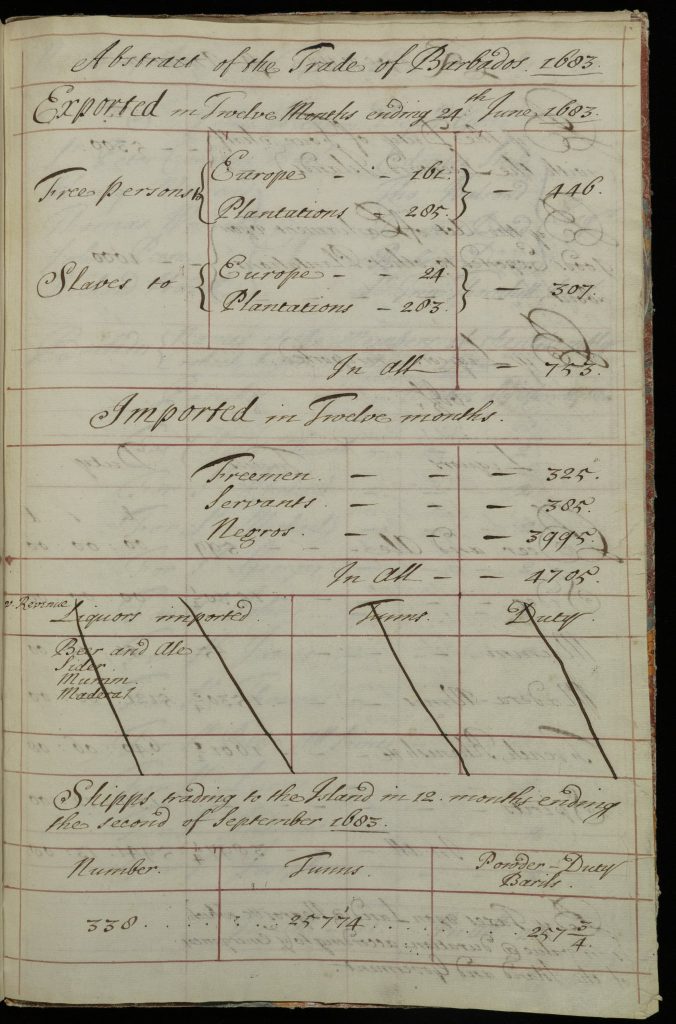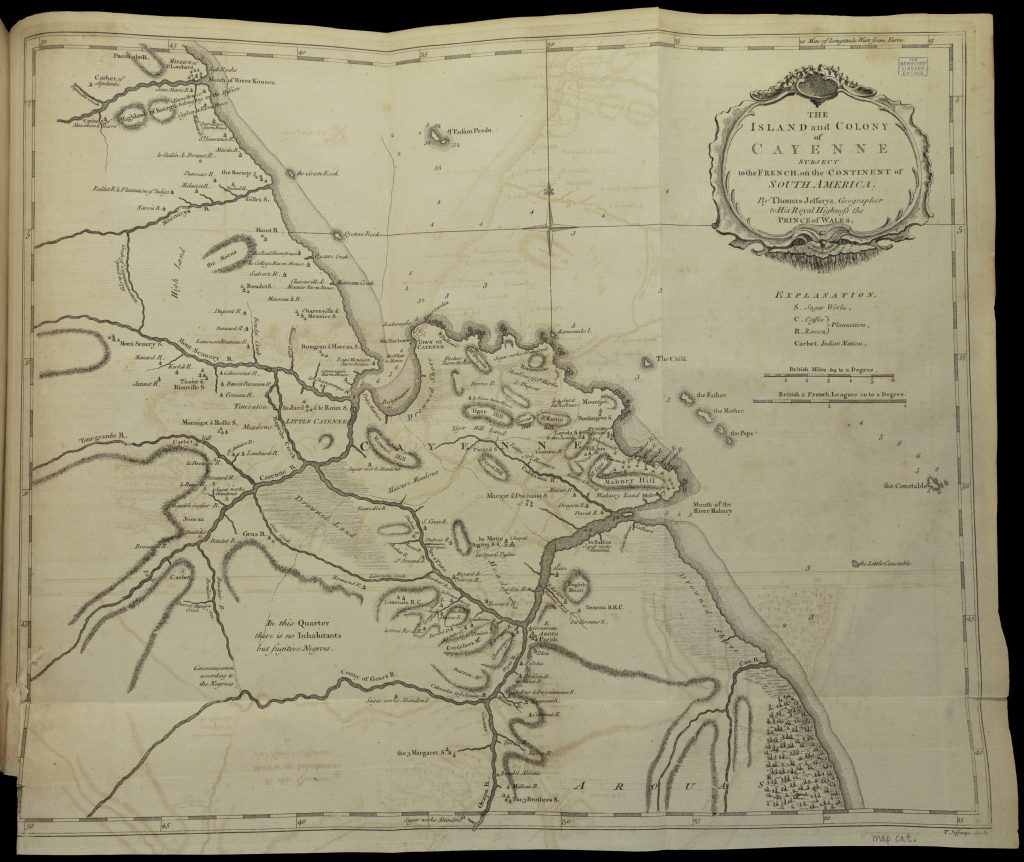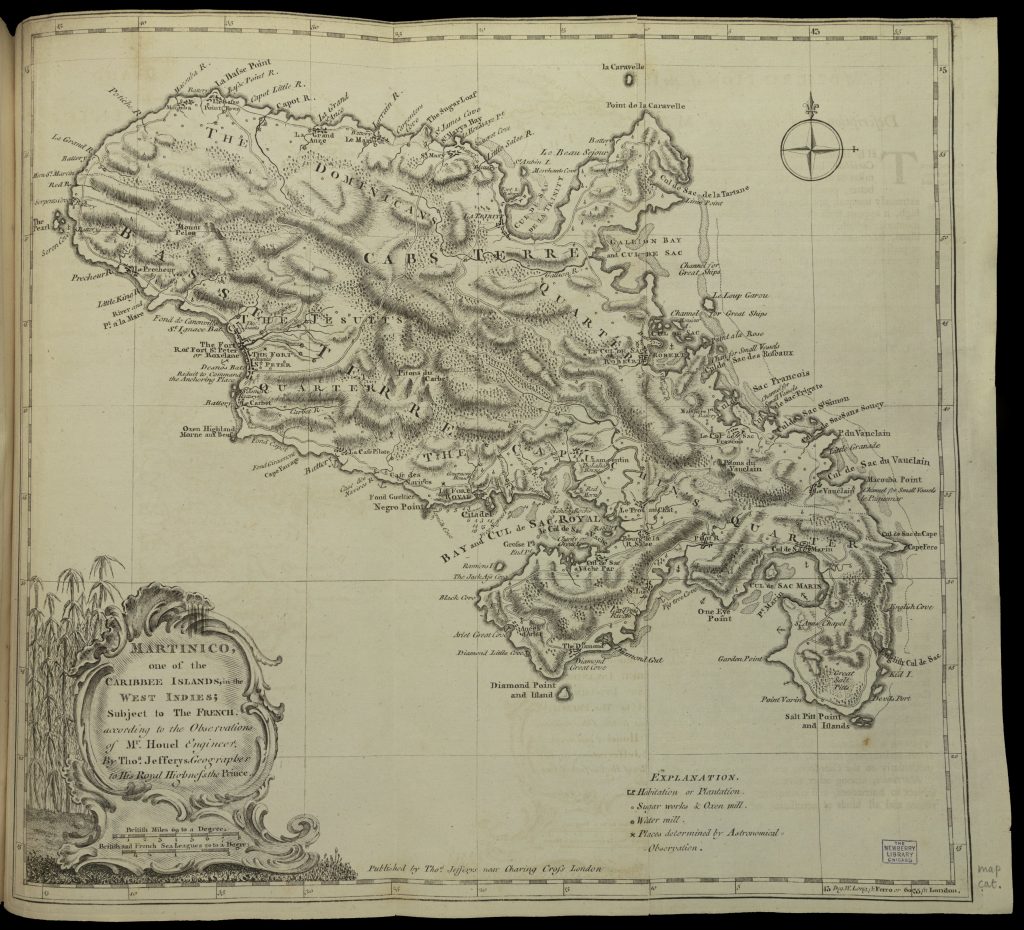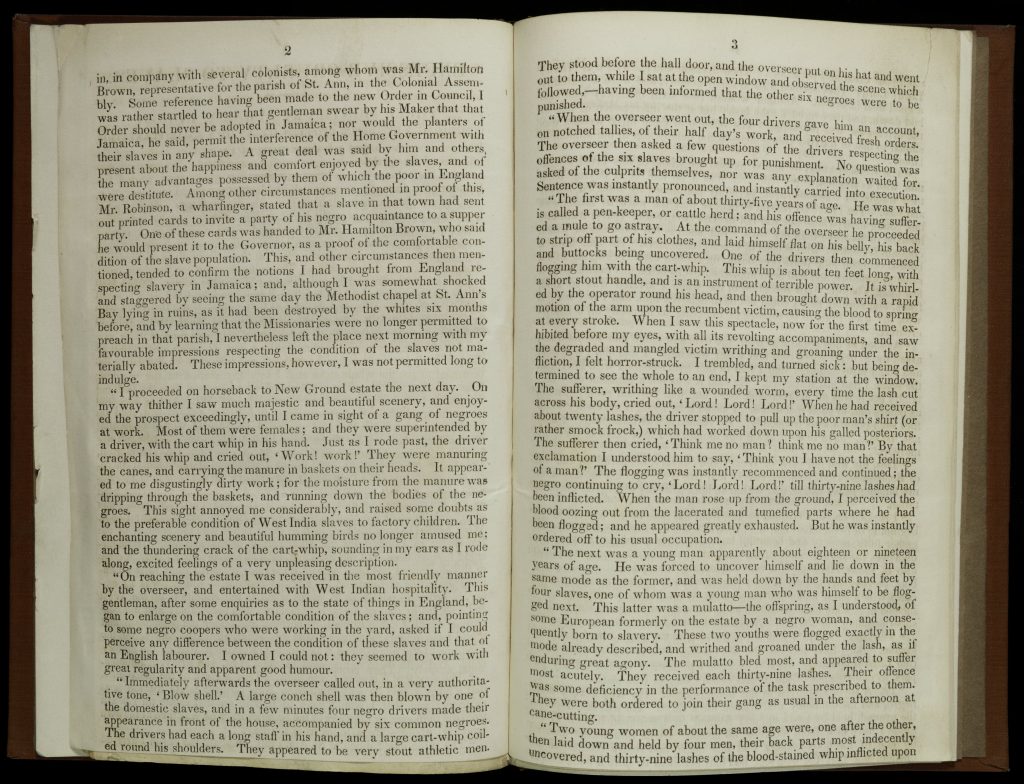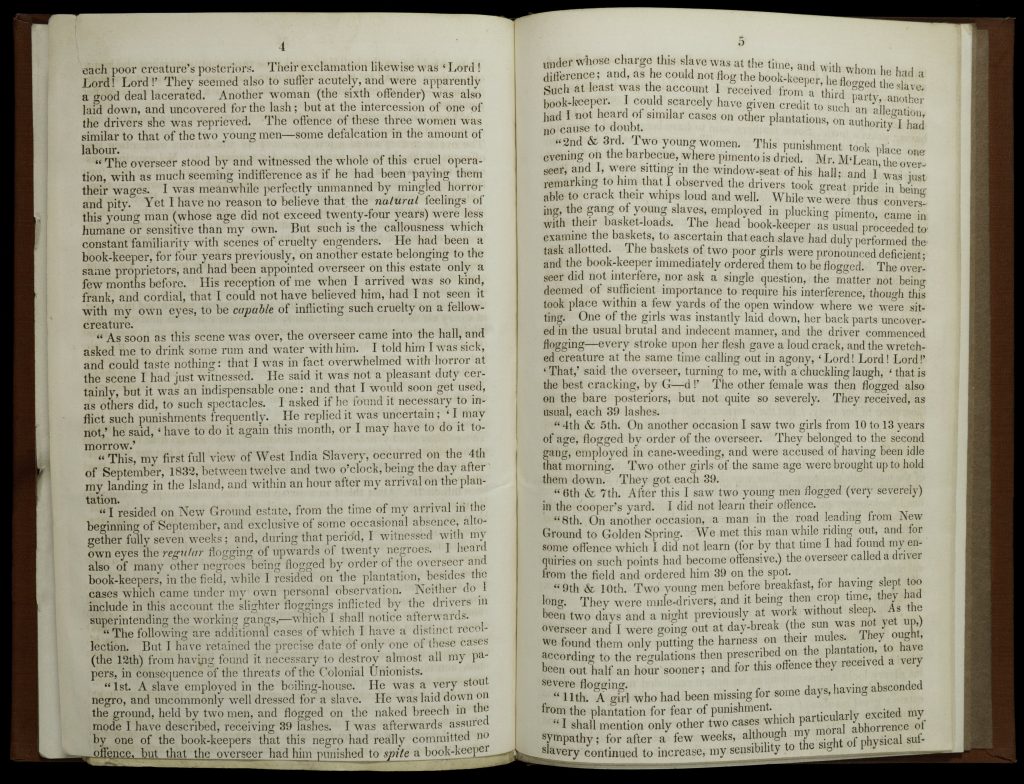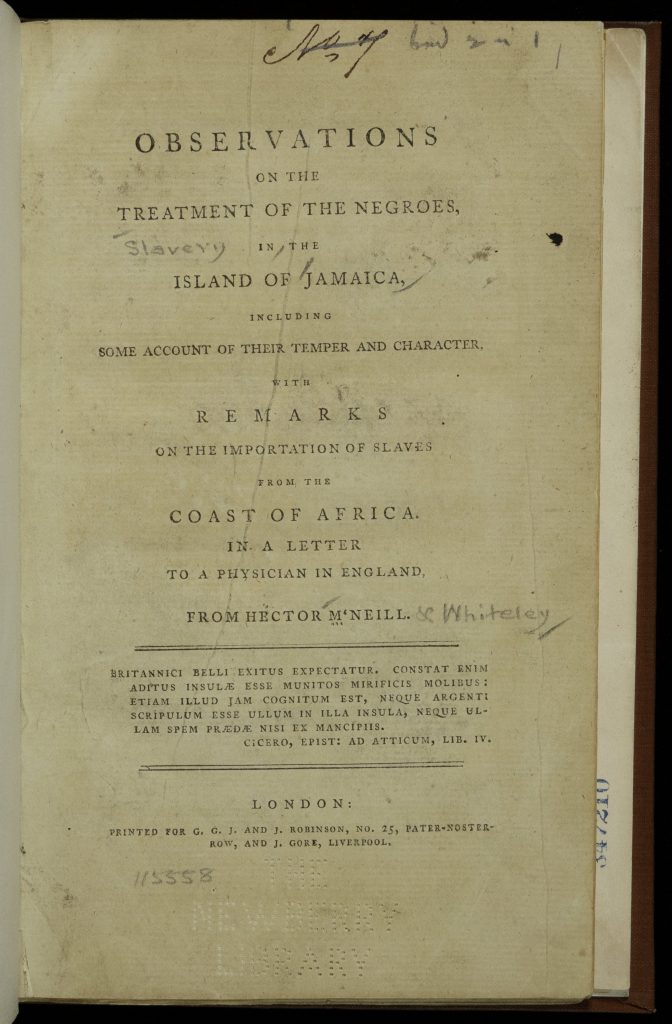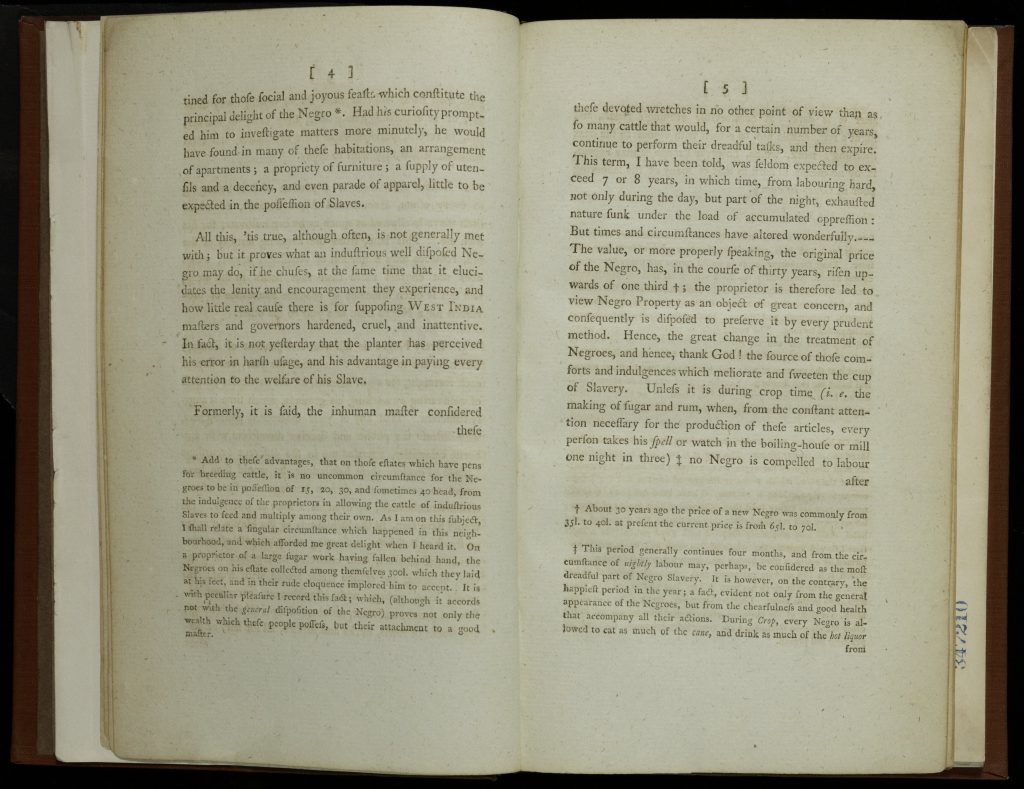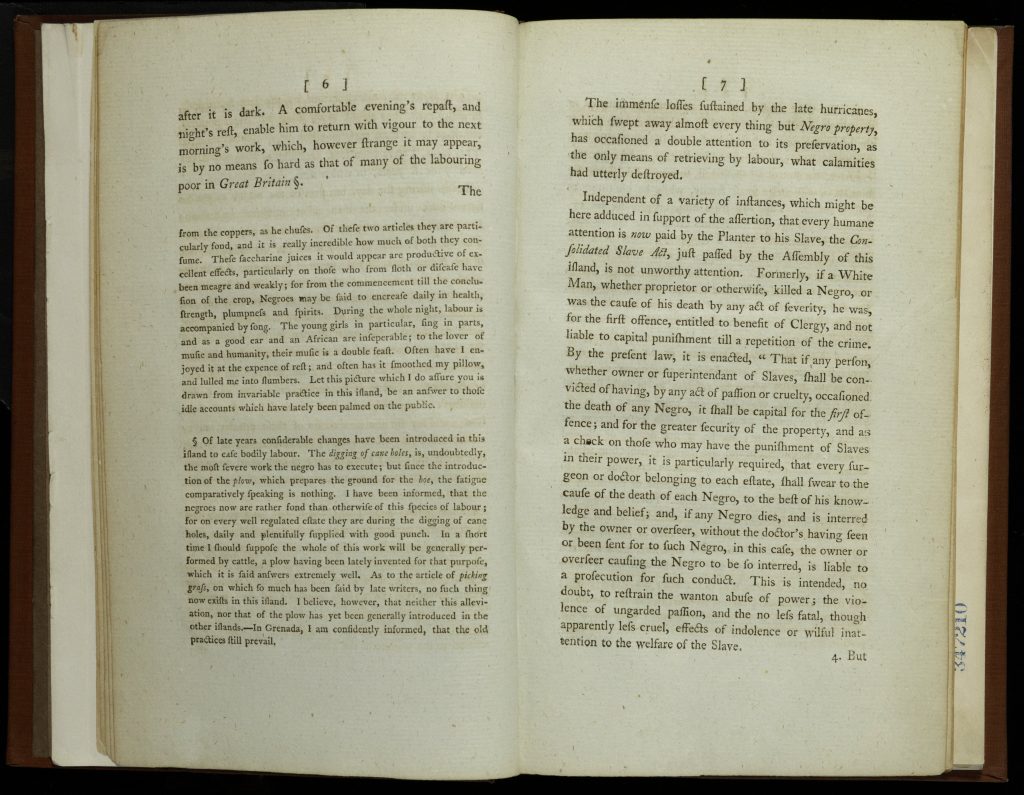Introduction
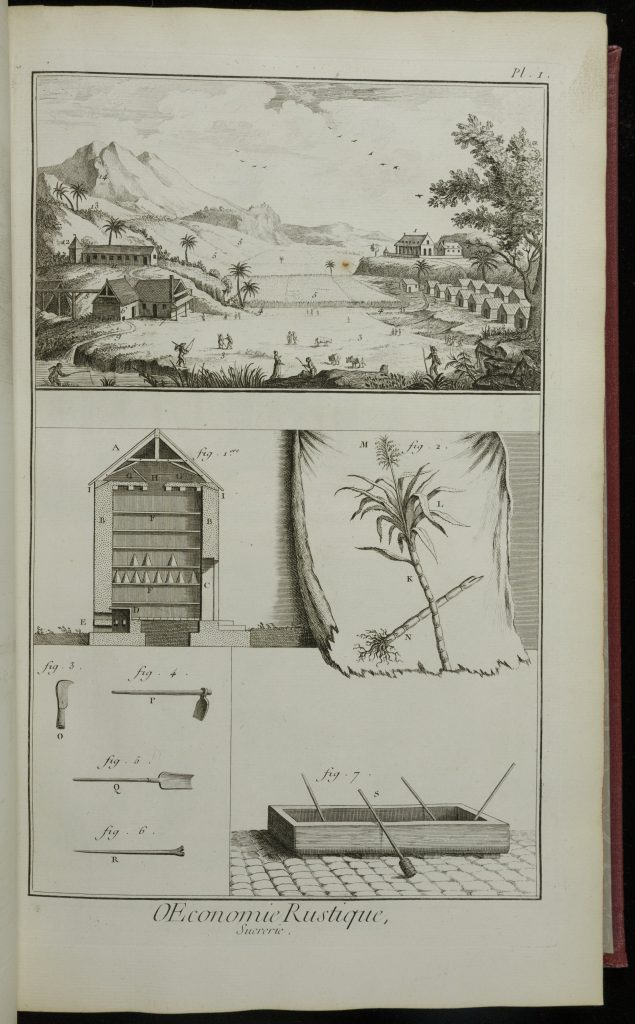
Sugar was one of the most precious and luxurious commodities in premodern Europe. This sweet foodstuff had been processed and refined from sugarcane for many centuries in India, the Middle East, and Arab-controlled Southern Europe before the wealthiest Western Europeans began consuming sugar as a medicine and culinary ingredient. Beginning in the twelfth century, Venetians established sites of sugar production in the Mediterranean, but they were limited to small quantities due to climate, space, and labor. The Spanish and Portuguese faced the same problems when they further expanded sugar production to East Atlantic islands like Madeira, the Canary Islands, and the Cape Verde Islands. However, producers began applying new technologies, like waterwheels, to mechanize the crushing of sugarcane, and the use of enslaved Africans to provide the difficult physical labor.
As Europeans began to colonize the New World in the late fifteenth century, the conditions were ripe for expansion of the sugar industry. Wealthy Europeans demanded increasing amounts of sugar for use in food, medicine, and to sweeten newly discovered beverages like coffee and chocolate. So European powers brought sugarcane to their colonies and, during the sixteenth through eighteenth centuries, established sugar as a main industry of the Caribbean, the Gulf region of North America, and northeast South America. The trade in sugar became a key aspect of a system of trade inextricably linking Europe, Africa, and the Americas.

The sugar industry impacted many other industries. It propelled the transatlantic slave trade to dramatic levels, encouraging a reliance on enslaved labor in other colonial industries. The need to efficiently process sugar on thousands of separate sites resulted in the development of new technologies and techniques, as well as the importation of enormous quantities of metal equipment and machinery produced in Europe.
Sugar production increased alongside demand, feeding the bellies and imaginations of European consumers. They treated sugar as a medicine, preservative, ingredient, and artistic medium. By the nineteenth century, as sugar prices plummeted, consumers at all economic levels demanded sugar as a necessary component of their diets. The ingredient had become essential; a notion which would not change to the present day.
Essential Questions:
- Why was sugar such an important commodity? Who were stakeholders in the success of the industry?
- How were sugar and its by-products used by consumers in Europe and its colonies?
- How did the production of sugar influence related trades, industries, and professions?
- How did sugar impact the settlement of New World colonies and communication between these colonies?
From Raw Ingredient to Marketable Products

During the sixteenth through eighteenth centuries, sugar became a lucrative industry for all major European powers. As the industry developed, so too did the literature about sugar production and its technologies. These texts were frequently accompanied by detailed illustrations and diagrams.
Sugarcane required a great deal of labor to grow and process into edible sugar. Since repeated sugarcane plantings depleted the soil of nutrients, intensive preparation of the fields was crucial. The ground had to be hoed, weeded, planted, and heavily fertilized. Once planted, the sugarcane needed relatively little attention until harvesting, when it was cut using machetes.
Selection: Denis Diderot, Jean Le Rond d’Alembert, Pierre Mouchon, and Robert Bénard, Encyclopédie, ou Dictionnaire raisonné des sciences, des arts et des métiers (1762).
These images are from a French encyclopedia intended to represent Enlightenment thought and incorporate all the world’s knowledge.
Sugarcane had to be processed immediately after harvesting lest it spoiled. So, the harvested cane was immediately taken to a sugar mill where it was crushed, then to a boiling house where it was boiled to extract a brown, sticky juice. After boiling, the juice would then separate into sugar crystals and molasses, a brown syrup. At this point, the molasses had to be drained from the sugar. This was accomplished in the curing house where the hot liquid containing sugar crystals was poured into inverted conical containers with holes at the bottom. The cooling sugar crystals would stick to the conical form and the liquid molasses would drip out of the bottom. A solid cone of sugar, or sugar loaf, was left behind. This part of the process could take days, weeks, or months, depending upon the quality and size of the loaf.
Selection: Richard Ligon. A True & Exact History of the Island of Barbados (1657).
This depiction of a sugar mill and accompanying index were crafted by a man who invested in a Barbados sugar plantation in the 1650s.
Many consumers preferred white sugar, rather than the brown sugar that forms naturally. To create a whiter product, a thick, wet mixture of clay and water was placed on the broad side of the cone as the molasses dripped out. Water would drip down from the clay, through the cone, and wash any remaining molasses or coloring from the sugar. Once completely drained, the loaves of sugar were removed from the molds, dried in a large room with many racks of loaves, trimmed into their final shape, and wrapped in paper.
Questions to Consider:
- Consider the emphasis on technology and science in the images. How does that appear in the ways in which authors and artists depict the process of making sugar? What kinds of equipment and machinery are pictured? Are there any major differences between the oldest and most recent images?
- There are depictions of the sugar milling and refining process here at three different points in time. Consider their dates and observe the following: who performs the labor, what powers the machinery, and the size of the buildings and production. What factors explain the changes in sugar production over time?
- Observe the different types of spaces and buildings for each step of sugar processing, considering the size and structure of each. Which images look most realistic, and which appear most idealized? Why? Now consider the cost of constructing these buildings, importing the equipment, and the cost of the labor for such an intensive process. How would that impact the cost of the final product?
Consuming Sugar

Consumers demanded increasing amounts of sugar from the sixteenth century on. Sugar had already been used in wealthy households for centuries as a medicinal ingredient, a component of sweet foodstuffs, and, at aristocratic feasts, as a medium for creating sculptures and entremets, a type of elaborate dish between courses that involved an element of entertainment or performance. The demand for sugar expanded alongside its uses. For example, people viewed it as a necessary accompaniment to balance the bitterness of some newly discovered beverages: coffee, tea, and chocolate. Others saw its utility in preserving fruits for long-term storage. Sugar also became widely loved as an ingredient in an expanding array of cakes, tarts, biscuits, and more. Confectionery, or the art of crafting elaborate and delicate treats out of sugar, emerged as a distinct profession.
These varying uses required many types of sugar, and the industry adapted to this widespread demand. Sugar was sold to consumers at all stages of refinement, including brown (muscovado), refined, and double-refined. The more refining sugar required, the more expensive it became. In the seventeenth century, sugar’s byproduct, molasses, also became profitable, and was not only sold directly to consumers but also used to make the increasingly popular spirit, rum.
Selection: Denis Diderot, Jean Le Rond d’Alembert, Pierre Mouchon, and Robert Bénard, Encyclopédie, ou Dictionnaire raisonné des sciences, des arts et des métiers (1762).
These images are from a French encyclopedia intended to represent Enlightenment thought and incorporate all the world’s knowledge.
There was no limit to the creativity of confectioners as they developed their craft in the seventeenth and eighteenth centuries. As they had access to a wider range of types and qualities of sugars, they developed both regional specialties and widely recognized sweets. In addition to hundreds of varieties of biscuits, cakes, and tarts, confectioners developed an array of creams, pastes, jellies, marzipan, meringues, caramel, candies, liqueurs, and ices. Sugar was the one ingredient which connected all these foods, making confectionery an expensive and luxurious category of foods.
Questions to Consider:
- The images of a confectioner’s workspace show people working and many types of equipment needed to manipulate sugar. One in particular shows confectioners making specialized spherical confections called dragée and perlée. What do you notice about the equipment and spaces? Do they seem particularly modern? Why or why not? Consider the amount of space and light, the type of heating elements, and the materials which may have been used for creating the equipment.
- Examine the image of a table topped with an arrangement of confectionery. Why would this be considered a lavish display? Consider the types of sweets, arrangement, and quantity, as well as the serving platters, table linens, and room.
- Compare these depictions of the creation and consumption of sugar-based goods to the above images of the production of sugar. Is there a difference in who is pictured performing the labor? Is a particular audience being targeted through the imagery?
A Global Industry
All major European powers had a stake in the sugar industry. Each established plantations, mills, and refineries in the New World as they colonized it or significantly financed sites of sugar production. Eventually, these sites filled the Caribbean islands, northeast South America, and the Gulf region of North America. Some colonies integrated sugar growth and production with other industries and cash crops, while others were nearly entirely devoted to sugar.
Selection: John Campbell, Candid and Impartial Considerations on the Nature of the Sugar Trade (1763).
The author describes several aspects of the sugar industry, particularly Britain’s involvement in it. He considers various stakeholders, investments, and expenses.
Sugar was part of a trading framework known as “triangular trade.” Because transporting any goods by sea was expensive, a system gradually emerged in which the imports from one country were paid for by its exports to another. In short, goods shipped from Europe to West Africa funded the purchase of enslaved Africans. The enslaved Africans were then transported to the Americas, especially the West Indies, where they were exchanged for commodities like sugar, cotton, and tobacco. These products were then shipped back to Europe. Triangular trade quickly led to a deep interweaving of the economic success of European colonial powers, centers of slave trading in West Africa, and regions of cash crop production in the Americas.
Selection: The State of Barbados (c. 1684)
This manuscript about the British sugar colony of Barbados includes narrative sections as well as lists of data about the island.
To increase government control and profits, some European governments mandated severe importation taxes which made it difficult, if not impossible, for colonial producers to refine their own sugar. Britain and the Netherlands both used such a tax policy for a time, forcing the importation of dark, raw (muscovado) sugar to cities like Bristol and Amsterdam where sugar refining was established as an important industry in Europe.
Selection: Thomas Jefferys, The Natural and Civil History of the French Dominions in North and South America (1760).
These maps contain details about the placement and density of sugar works in French colonies, as well as important geographical, political, and economic features.
Questions to Consider:
- Consider the excerpt from Candid and Impartial Considerations on the Nature of the Sugar Trade. Keeping in mind that this is written from an imperialist British viewpoint, what kinds of expenses and profits are part of each leg of the triangular trade? Are you surprised by the ways in which any commodities or aspects of trade are described? Why or why not?
- The manuscript “The State of Barbados” contains economic and demographic information about Barbados around 1684. Examine the categories of inhabitants and the population numbers of each category. Also examine the descriptions of imported and exported goods, including the tallies of ships and imported and exported people. What are the major aspects of the Barbados economy? How do all the imports and exports connect to the main industry on the island? How does that affect the population demographics?
- When observing the maps from the French colonies of Martinique and Cayenne, pay close attention to the areas indicated as “sugar works.” Are sugar plantations and mills the only plantations in the colonies? Why are the sugar works found mainly around water sources? What other evidence can you see on the maps of stakeholders in the colonial sugar industry?
The Human Cost of Sugar
Please Note: The sources in this section contain graphic descriptions of the abuse of enslaved persons. Read the Newberry Library’s full statement on potentially offensive materials and descriptions here.
Initially, the labor on colonial sugar plantations consisted primarily of Indigenous people and European indentured servants. In time, as Europeans refused to perform the necessary labor and Indigenous people were killed by disease and labor conditions, colonists began to import enslaved Africans in increasing numbers. The labor that the enslaved performed on sugar plantations was backbreaking and treacherous. Planting the sugarcane, harvesting the mature plant, operating the large, crushing mill machinery, and boiling large quantities of sugar was dangerous, even deadly.
Selection: Henry Whiteley, Excessive Cruelty to Slaves. Three Months in Jamaica, in 1832; Comprising a Residence of Seven Weeks on a Sugar Plantation (1833?).
In this excerpt, the abolitionist author has just arrived on a Jamaican sugar plantation to observe the condition of the enslaved.
Plantation owners, investors, government officials, and even consumers generally considered slave labor as necessary in order to enjoy the availability of sugar. These groups viewed slaves as replaceable; slaves who perished were simply replaced with newly transported enslaved Africans. We can see this in evidence like The State of Barbados (above), which details how many slaves were imported to the island, adding to the astonishingly high number of slaves already counted in the population. Stakeholders in the sugar industry had much to gain financially from the continuation of an enslaved workforce. As a result, slavery was not abolished until the nineteenth century, persisting longest in areas most reliant on the sugar industry.
Selection: Hector Macneill, Observations on the Treatment of the Negroes in the Island of Jamaica, Including Some Account of their Temper and Character, with Remarks on the Importation of Slaves from the Coast of Africa; in a Letter to a Physician in England (1800?).
Macneill argues for the necessity of slave labor, claiming that the enslaved are treated fairly by their masters and working conditions have improved.
Dangerous work conditions, harsh treatment by slaveholders, and the loss of personal freedoms drove many of the enslaved to attempt escape, despite the obvious risks. Some enslaved people were captured or killed, as depicted in Richard Ligon’s A true & exact history of the island of Barbados. Others escaped and formed communities with other fugitive slaves, as indicated in Thomas Jefferys’s map of Cayenne (above).
Questions to Consider:
- The excerpts by Whiteley and Macneill would have originally been viewed as two opposing arguments for the abolition of slavery in Britain. What kinds of evidence did each author present for their argument? When considered together, what kind of picture can be pieced together about the reality of slavery on the sugar plantations of early-nineteenth-century Jamaica?
- Re-examine the depictions of slave labor in the sugar refinery images from the Encyclopédie (above). Contrast these visual depictions with the textual descriptions of enslavement from Whiteley and Macneill. What similarities and differences can you identify? Could the intended audience have driven how the authors and illustrators chose to depict slavery? If so, how?
- The human cost of enslavement was usually overlooked in favor of strictly financial considerations. While Whiteley makes the rare argument in favor of the abolition of slavery, several other sources here consist of more subtle evidence used to buttress the institution of slavery. Describe this evidence and the resulting biases toward systems of enslavement. Consider visual depictions of slavery, textual ones like Campbell’s Candid and Impartial Considerations on the Nature of the Sugar Trade, and financial data from The State of Barbados (all above).
About the Author:
Sarah Peters Kernan, Newberry Library Scholar-in-Residence, holds a PhD in medieval history from The Ohio State University. Her research focuses on cookbooks in medieval and early modern England. She is also co-editor of The Recipes Project, a Corresponding Member of Food & History, and a regular collaborator with the Newberry.
Sugar Production and Consumption
As the sugar industry grew, literature about sugar production and its processes expanded, often including detailed illustrations and diagrams. As the consumer demand for sugar increased, so too did the crafting of new and elaborate treats out of sugar and depictions of the creation and consumption of sugar-based products.
Sugar as a Global Industry
These documents shed light on sugar production and consumption as a global industry and triangular trade network, one in which all major European powers had a stake and sought to increase profits.
Enslaved Labor and Sugar
These documents, one by an abolitionist who visited a Jamaican sugar plantation and the other by an author who argued for slavery’s necessity, provide starkly different depictions of conditions in the colony for enslaved people, on which the sugar industry relied.
Further Reading
Richard Dunn, Sugar and Slaves: The Rise of the Planter Class in the English West Indies, 1624–1713 (University of North Carolina Press, 1972).
Darra Goldstein, ed. The Oxford Companion to Sugar and Sweets (Oxford University Press, 2015).
Sidney Mintz, Sweetness and Power: The Place of Sugar in Modern History (Penguin Books, 1986).
Stuart Schwartz, Tropical Babylons: Sugar and the Making of the Atlantic World, 1450–1680 (University of North Carolina Press, 2004).
Andrew Smith, Sugar: A Global History (Reaktion Books, 2015).



